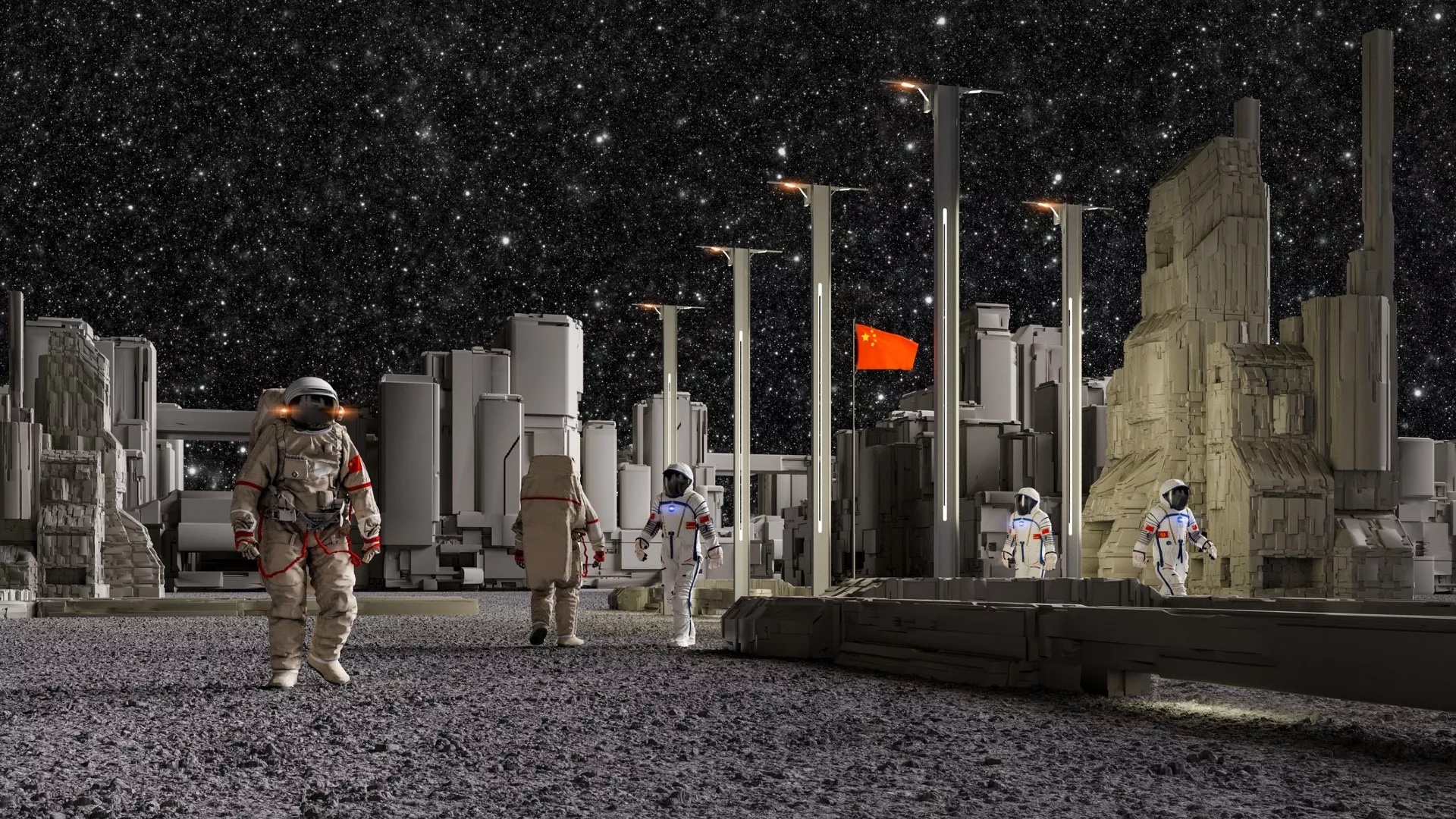21.11.2023

A series of planned crewed lunar missions worldwide have inspired a new wave of research in growing plants on the moon to sustain life. A new study by Chinese agricultural scientists found that bacteria on Earth soil could offer a solution.
Published in the journal Communications Biology in early November, the study showed that three species of bacteria could increase the amount of phosphorus content, a vital element that can be taken up by plants, in the lunar soil simulant.
Researchers from China Agricultural University tested five species of bacteria and found three of them more than doubled the amount of phosphorus content within a period of 10 to 21 days.
In the next phase of the study, the researchers grew a model plant, commonly used in bioresearch, in simulated lunar soil treated with the three species of bacteria for 18 days. They observed that the plants had longer stems and roots after six days of growth, and heavier and wider clusters of leaves after 24 days of growth, compared with those grown without the bacteria.
Besides, levels of chlorophyll, the pigment for harvesting energy from light, in plants with these live bacteria were about double those grown without bacteria in the simulant in another 24-day experiment, which confirmed the important role that these bacteria could play in making lunar soil more fertile.
Lead researcher Sun Zhencai said using bacteria to improve lunar soil fertility would help create lunar greenhouses effectively, so that astronauts can make use of lunar resources to sustain life, instead of lugging huge amounts of soil or the entire cultivation system from Earth.
"I think the study results have important implications for future long-term stays on the moon," Sun said.
Sun has previously focused his research efforts on soil microbes, and this astrobiology study was first proposed by his student Xia Yitong, who was inspired by the news that China's Chang'e-5 probe retrieved 1,731 grams of soil samples from the near side of the moon in 2020.
The university undergraduate, also the first author of the study, wondered since microbes made the Earth more fertile, would they have the same effect on the moon?
Xia and his teammates started the study by singling out the three species of bacteria, namely Bacillus mucilaginous, Bacillus megaterium and Pseudomonas fluorescens. They are common in microbial fertilizers of agriculture.
They then experimented with Chinese volcanic powder whose composition was very similar to samples collected by the Apollo 14 mission in 1971.
Sun said they used simulant of the Apollo lunar soil samples in the study because the international science community had already gained a comprehensive understanding of their physical and chemical properties over the past decades.
"We are also looking forward to using Chinese lunar samples for testing if we have access to samples collected by Chang'e-5," Sun added.
The China Manned Space Agency revealed a preliminary plan in July about landing taikonauts on the moon before 2030 to carry out scientific exploration. The country will continue its lunar exploration with the future Chang'e-6, Chang'e-7, and Chang'e-8 missions, completing the construction of an international lunar research station.
However, previous experiments have shown that lunar soil is bad at hosting crops, which decreases hope for sustaining a long-term human presence on the moon.
"We believe that most of the crops grown on Earth can be grown in future lunar greenhouses," Sun said, noting that the research team would like to experiment on staple crops like wheat, rice, corn, and even potatoes in the follow-up studies.
"Scientists will eventually find ways to use different microbes to transform the lunar soil into states suitable for different plants to grow, providing humans on the moon with a rich variety of plant-derived food," Sun said.
Quelle: Xinhua
